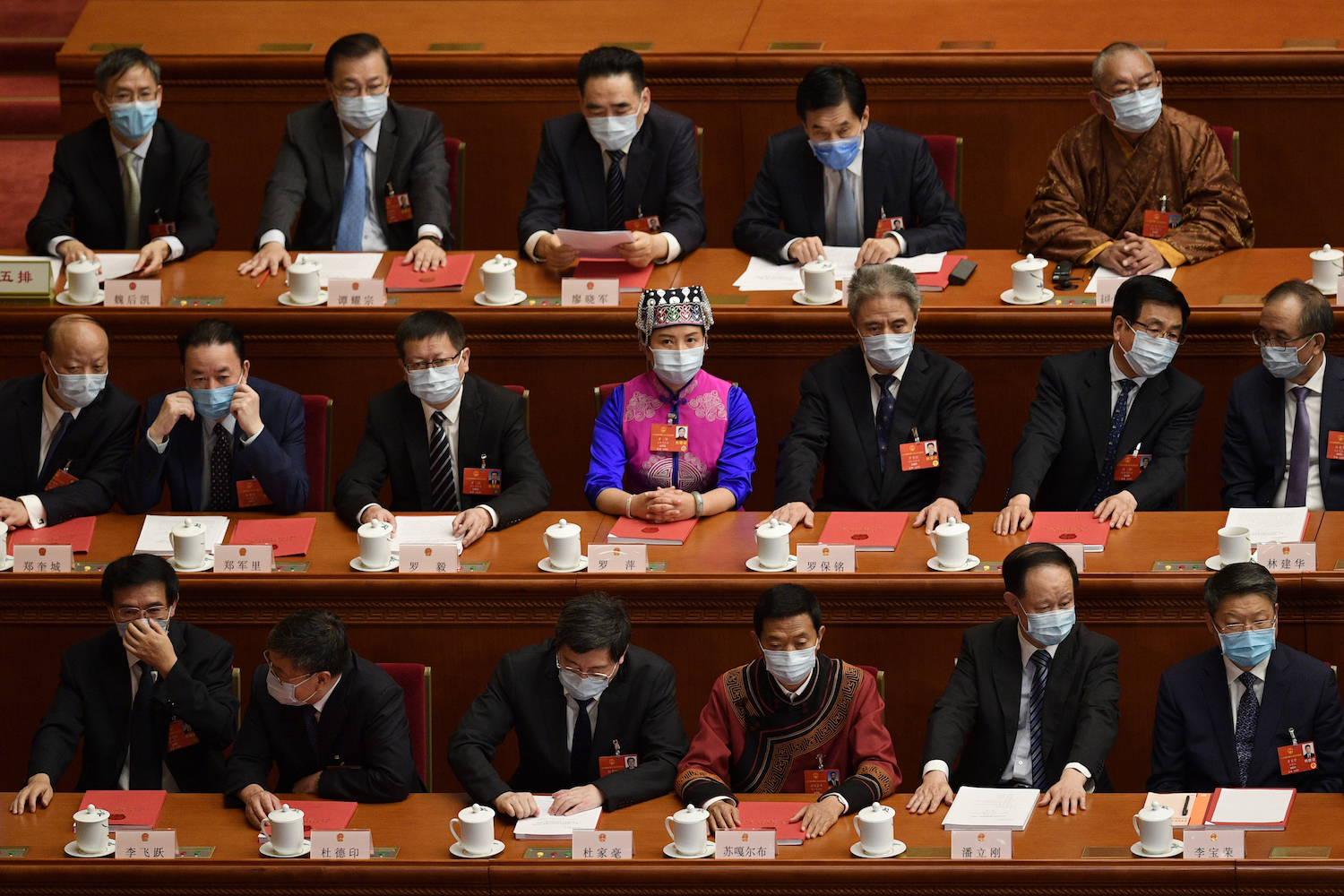(ATF) Bond yields fell sharply over the first four months of this year, to reach their lowest level since 2005 at the end of April. But since then the bond market has enjoyed a wave of upward movements and yields rose sharply in May; the market has shown a volatile pattern – perhaps understandable given the momentous blow the world economy has endured.
TEDA Manulife Fund released a commentary in May that said the bond market is in a late stage of rapid adjustment due to the impact of multiple factors. It expected that overall liquidity will remain loose in June, but said there was a high probability the market would be volatile in coming months.
Reflecting this volatility, Pengyuan Ratings Research reported that in May 2020, a total of 504 credit bonds were issued in China’s interbank market, with an issuance scale of 565.475 billion yuan, figures that were down 55% and 51%, respectively, from the previous quarter, and up 61% and 65% from the same period last year. From January to May, 3,749 credit bonds were issued in the interbank market, with an issuance scale of 3.897 trillion yuan, an increase of 43% year-on-year.
The net financing of bonds in the interbank market in May was 75.22 billion yuan, a significant decrease from the previous month. A total of 43 interbank market bonds were postponed or cancelled in May. From January to May, the cumulative net financing of bonds in the interbank market was 17.7 trillion yuan, up 141% year-on-year.
TEDA Manulife Fund said that overall monetary policy did not fundamentally change in May. It argued that “stable monetary policy needs to be more flexible and appropriate”, but noted that investment policies aimed to maintain stability in the early stages of the epidemic, and once the epidemic has eased, job security is the core goal of government policy. Monetary policy would increase counter-cyclical adjustments, mainly with structural policies. Specifically, funds in the first half of May continued to remain loose.
The continued suspension of interest-rate cuts in the month caused the market to worry about the adjustment of monetary policy. At the end of the month, the central bank continued to invest a large amount of funds into the market through reverse repurchases. So it has returned to a calmer quantitative easing phase.
Doubts about monetary policy
With regard to the bond market, TEDA Manulife believed that doubts about the possible adjustment of monetary policy were behind the April-to-May rollercoaster ride.
Looking forward to future bond investment strategies, the Fund said the bond market was getting short-term adjustments. In the medium to long-term, with the strength and assistance of monetary and fiscal policies, credit fundamentals needed to be repaired, it said, as the “fallout from the unexpected epidemic renewed frictions.”
Second-quarter data due to be released in July is likely to show some of this upheaval and unpredictability. “Hedge-stable” is still the main theme, with a focus of attention on the near-future.
In terms of specific investment configurations, TEDA Manulife advises paying attention to micro data and progress in regard to company production being resumed. It suggests investors wait patiently for the opportunity for interest rate debt to rebound; credit debt will remain short-term and maintain a medium to high level; the price of currency assets may rise further, and it is recommended to use a “small step, jog” strategy.






















